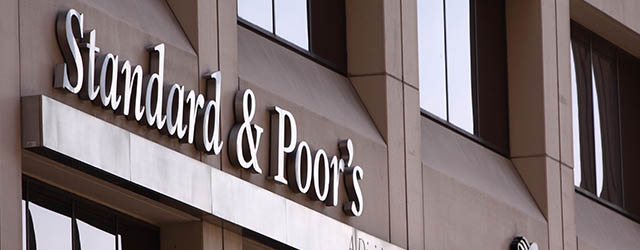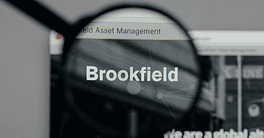Trends | Credit Ratings

More than six years after the housing market crashed—dragging the world economy and stock markets down with it—Standard & Poor’s settled in early February with the Securities and Exchange Commission for its alleged part in triggering the meltdown. The price was relatively cheap, as these things go: $1.4 billion with no admission of wrongdoing.
Some media outlets questioned whether justice was done. But a bigger question looms: Will the much-publicized settlement change the rules of engagement between raters and corporate issuers of bonds, as well as the investors who buy them?
For companies, the answer appears to be no. Despite ugly publicity and embarrassing legal settlements that have tarred the credit rating players after the financial crash, the industry remains structured as before. Legislators and regulators have done little to reform it.
Borrowers still pay rating agencies like McGraw-Hill’s S&P, Fitch Ratings and Moody’s Investors Service to assess the creditworthiness of their bonds. That’s the same setup that enabled bond issuers and mortgage obligation repackagers to receive jacked-up credit ratings in the run-up to the Great Recession.
And while smaller outfits, including Kroll Bond Rating Agency, have gained some traction in the industry of late, S&P, Moody’s and Fitch still dominate the business. The Big Three issue well over 90% of all credit ratings in the US—a telltale figure.



